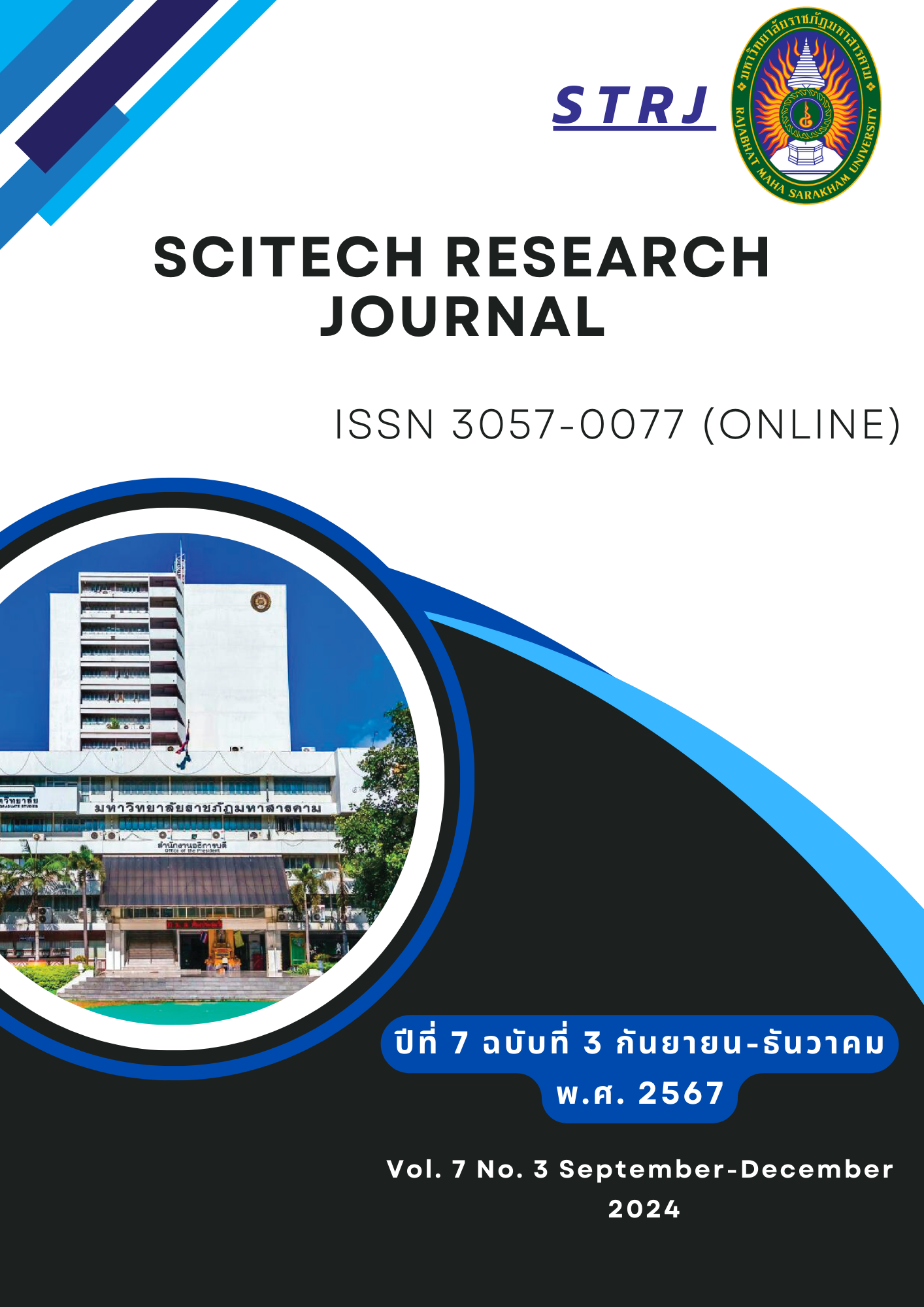On the Diophantine equation (p-1)^x-p^y=z^2, when p is a prime
Keywords:
Diophantine equation, Congruence, Quadratic residueAbstract
In this paper, the non-negative integer solutions of the Diophantine equation
, when
is a prime, are investigated. The results of this research, we showed that if
, then the non-negative integer solutions of the equation are
, when
is a non-negative integer. If
, then the equation has the unique non-negative integer solution, which is
. If
, then all non-negative integer solutions
of the equation are
and
. Moreover, if
and
, then the non-negative integer solutions of the equation are
and
, when
is an integer.
References
Buosi, M., Lemos, A., Porto, A.L.P. and Santiago, D.F.G. (2020). On the exponential Diophantine equation p^x-2^y=z^2 with p=k^2+2, a prime number. Southeast-Asian Journal of Sciences, 8(2), 103-109.
Burshtein, N. (2020). All the solutions of the Diophantine equations13^x-5^y=z^2, 19^x-5^y=z^2 in positive integers x,y,z. Annals of Pure and Applied Mathematics, 22(2), 93-96.
Burton, D.M. (2010). Elementary Number Theory. 7th ed., New York: McGraw-Hill.
Elshahed, A. and Kamarulhaili, H. (2020). On the Diophantine equation (4^n )^x-p^y=z^2. WSEAS Transactions on Mathematics, 19, 349-352.
Tadee, S. & Laomalaw, N. (2023). On the Diophantine equation (p+2)^x-p^y=z^2, where p is prime and p≡5(mod 24). International Journal of Mathematics and Computer Science, 18(2), 149-152.
Tadee, S. & Wannaphan, C. (2024). On the Diophantine equations (p+a)^x-p^y=z^2 and p^x-(p+a)^y=z^2. International Journal of Mathematics and Computer Science, 19(2), 459-465.
Thongnak, S., Chuayjan, W. & Kaewong, T. (2019). On the exponential Diophantine equation 2^x-3^y=z^2. Southeast-Asian Journal of Sciences, 7(1), 1-4.
Thongnak, S., Chuayjan, W. & Kaewong, T. (2021). The solution of the exponential Diophantine equation 7^x-5^y=z^2. Mathematical Journal, 66(703), 62-67.
Thongnak, S., Chuayjan, W. & Kaewong, T. (2023a). On the Diophantine equation 15^x-13^y=z^2. Annals of Pure and Applied Mathematics, 27(1), 23-26.
Thongnak, S., Kaewong, T. and Chuayjan, W. (2023b). On the Diophantine equation 55^x-53^y=z^2. Annals of Pure and Applied Mathematics, 27(1), 27-30.



